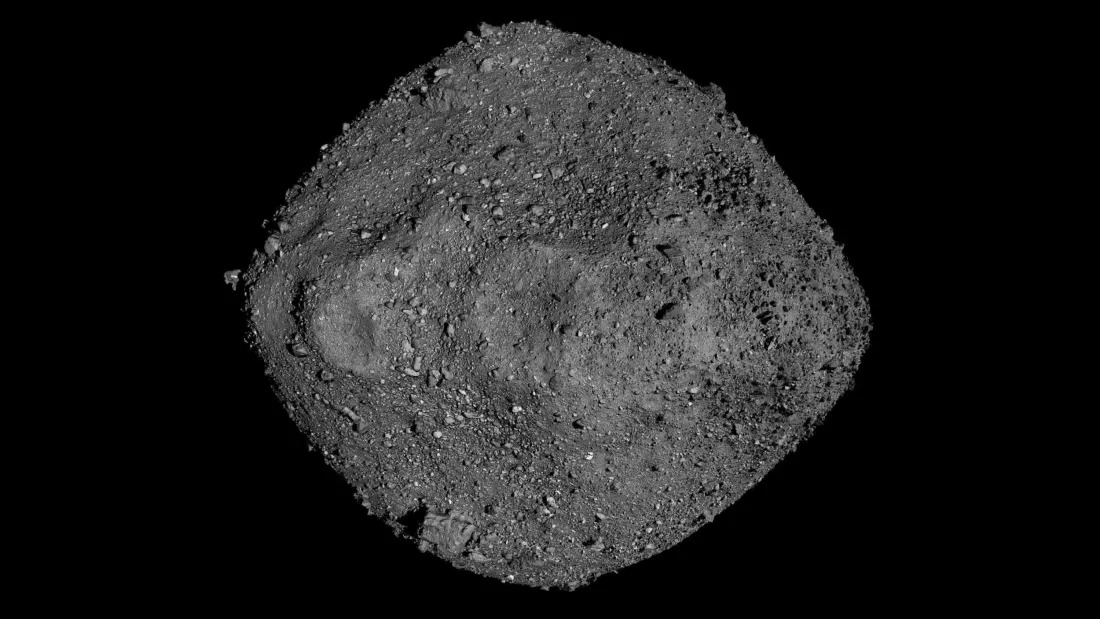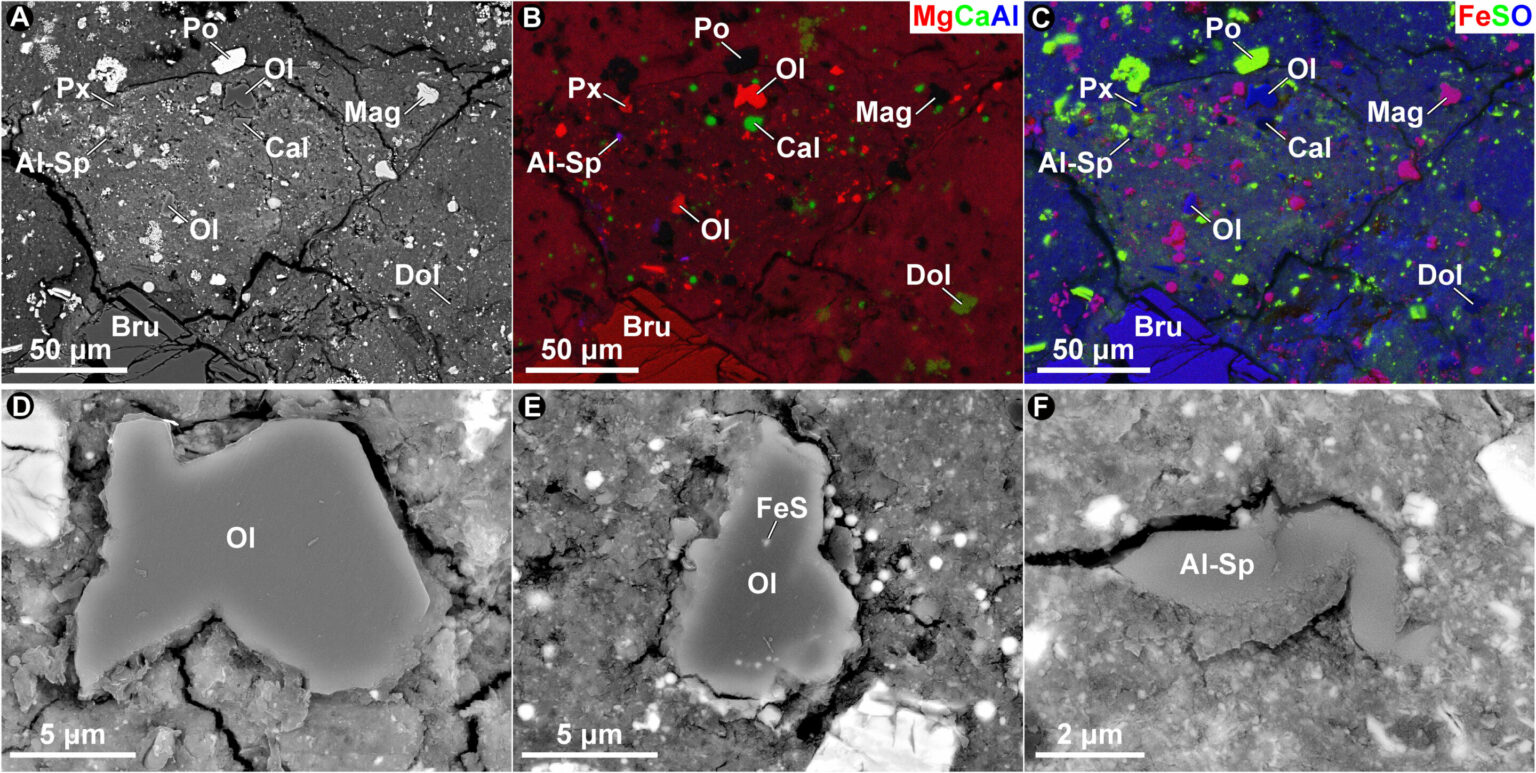An international team of scientists summarized the results of the analysis of samples of the Ryugu asteroid. The researchers concluded that it formed in the outer part of the solar system.

Ryugu (162173 Ryugu) is a typical near-Earth asteroid from the Apollo group 920 m in diameter. It has an elongated orbit, due to which it crosses both the orbit of Mars and the Earth during its movement around the Sun.
In the period from 2018 to 2019, this celestial body was studied by the Japanese device Hayabusa-2, which later delivered its samples to Earth. An international team of researchers conducted a detailed chemical and isotopic analysis of asteroid soil samples to find out where it was born.
The results of the analysis of Ryugu’s substance
During the study of Ryugu samples, scientists managed to find amino acids and carbonates in them. As a rule, they are formed in a low-temperature water environment. This indicates that the object formed in the outer part of the solar system, where comets are usually formed.

The researchers also found a lot in common between Ryugu and the carbonaceous chondritic Ivuna meteorite found in Tanzania. The contents of copper and zinc isotopes in them turned out to be very close.
At the same time, some substances in the soil of Ryugu could not have formed in the outer part of the solar system. These are minerals such as spinel, olivine and perovskite. They are united by the fact that they are formed at high temperatures. Another interesting fact is that part of the material of the asteroid is enriched with heavy isotopes of oxygen, and part is not. Some isotopic ratios are similar to those found in samples from comet Wild 2 (81P/Wild).
Scientists explain this by the fact that during its formation, Ryugu came into contact with matter formed in the inner part of the solar system. So the asteroid was contaminated and as a result got such an unusual chemical composition.
Previously, we talked about the fact that particles older than the Solar System were found in the Ryugu substance.
Based on materials from https://phys.org

